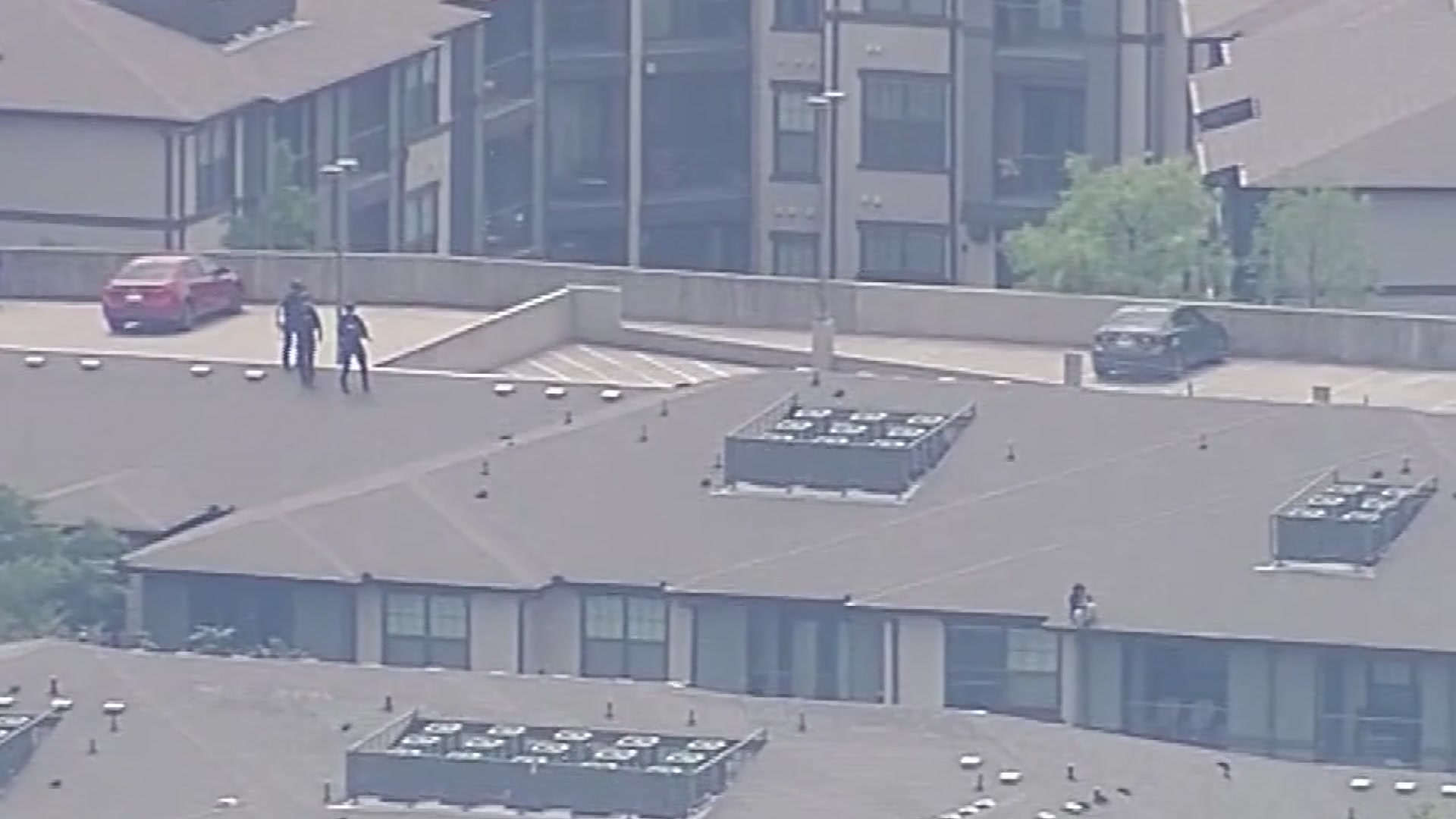The newly-restored Flying Pancake, or V-173, has a new home in North Texas for the next decade.
The aircraft, recently restored by Grand Prairie's Vought Aircraft Heritage Foundation, will spend the next 10 years at the Frontiers of Flight Museum at Dallas Love Field Airport.
The aircraft is on loan from the Smithsonian's Air & Space Museum, who handed the aircraft over to Grand Prairie's Vought Aircraft Heritage Foundation in 2003 so that it could be restored.
For the next eight years, 55 men would put in 25,000 hours returning the one-of-a-kind, legendary aircraft to its former glory.
"She came to us tattered and torn ... it looked like a mess. And it was, it was a big mess. Now, she's finished just like she was when I saw her in 1941-42 in Stratford, Conn.," said Hank Merbler, CEO of Vought Aircraft Heritage Foundation, who saw the Flying Pancake's maiden flight.
The Flying Pancake was designed by Charles H. Zimmerman in 1942 and was an experimental plane built to be a proof of concept for vertical takeoff and landing (VTOL) as part of the Vought XF5U "Flying Flapjack" World War II U.S. Navy fighter aircraft program.
The aircraft featured an "all-wing" design consisting of a flat, somewhat disk-shaped body (hence its name) that looked a lot like a flying saucer.
Local
The latest news from around North Texas.
The first flight was on Nov. 23, 1942 with test pilot Boone Guyton at the controls. Flight testing of the V-173 went on through 1942 and 1943 with 190 flights, resulting in widespread reports of "flying saucers," according to the museum. After 131.8 hours in the air, and only one minor crash, the final flight for the Flying Pancake was on March 31, 1947 -- nearly 70 years ago.
The plane was delivered to the Dallas museum Tuesday morning during a pancake breakfast, naturally. Those welcoming the aircraft included aviation enthusiasts and members of the Vought-173 Restoration Team, WWII Veterans and Frontiers of Flight Museum supporters.
The aircraft will be officially dedicated at the Frontiers of Flight Museum on April 16.



